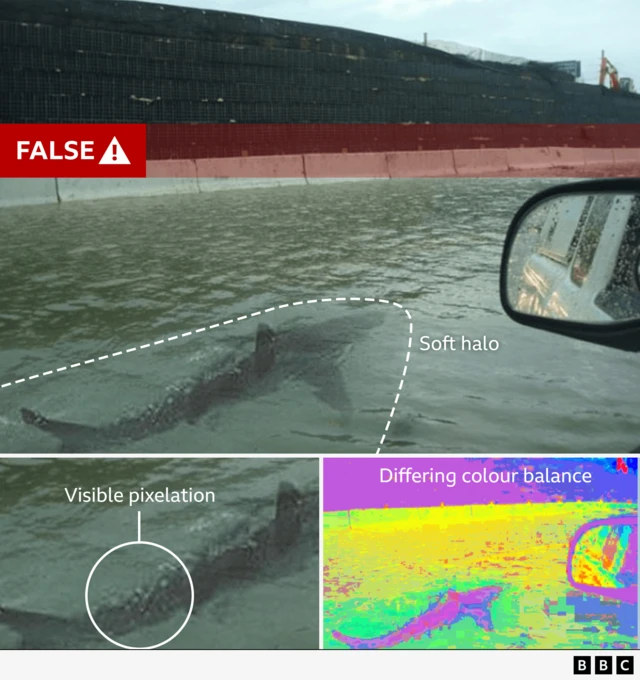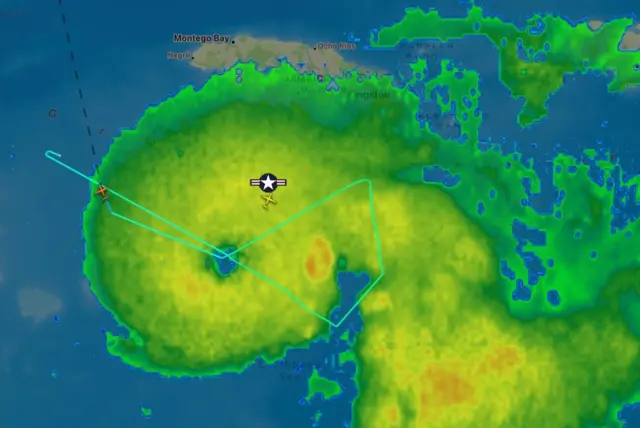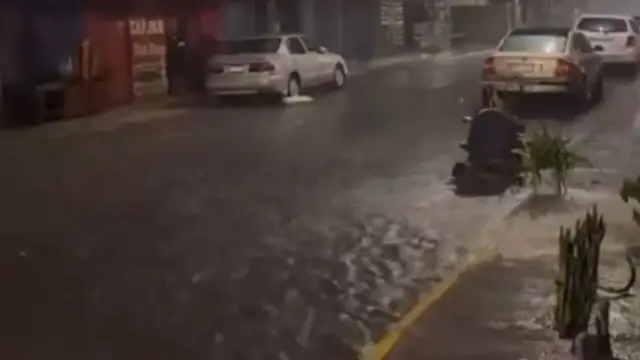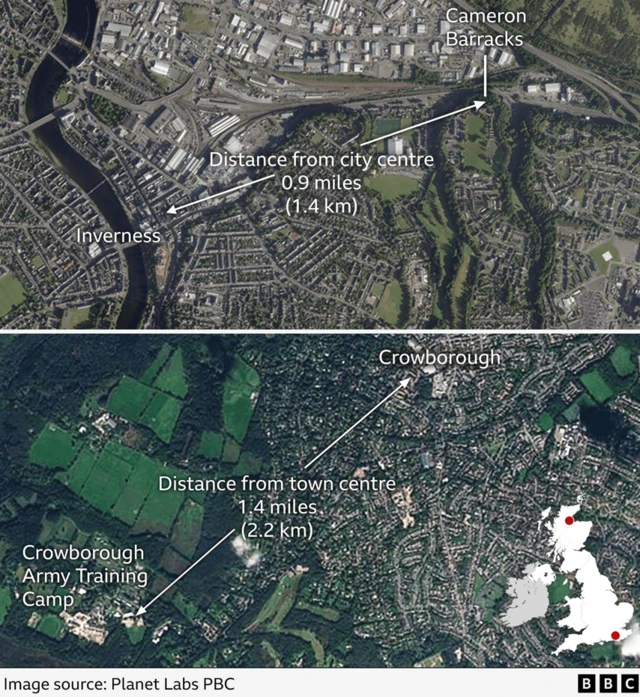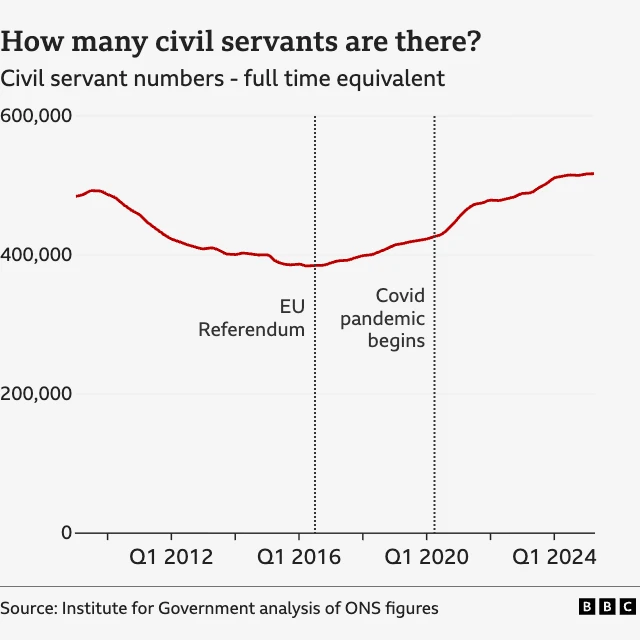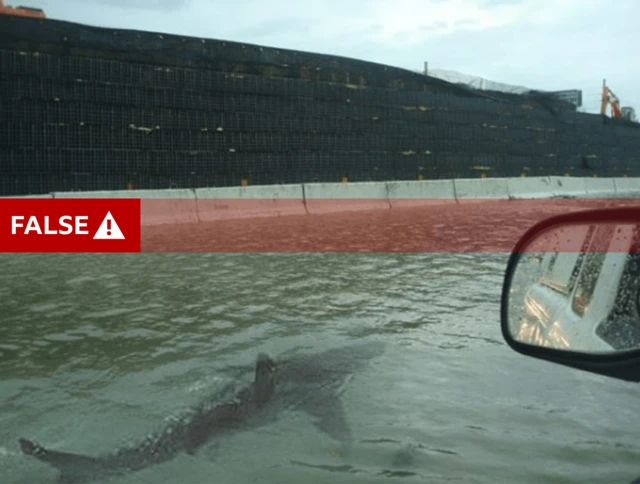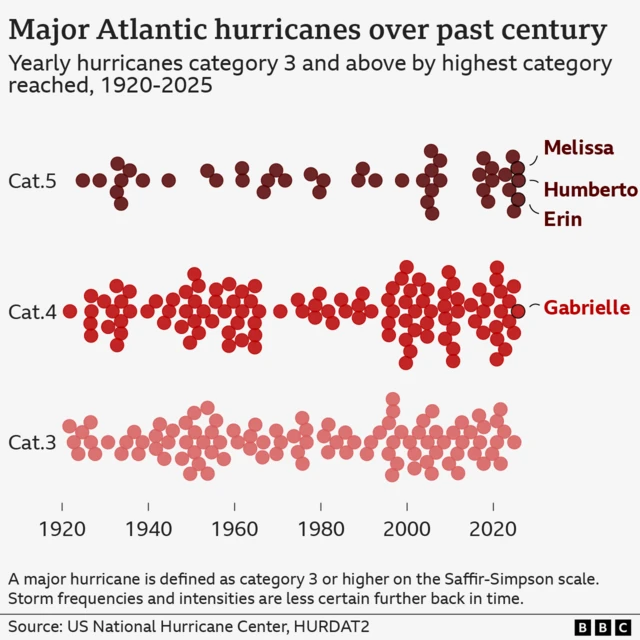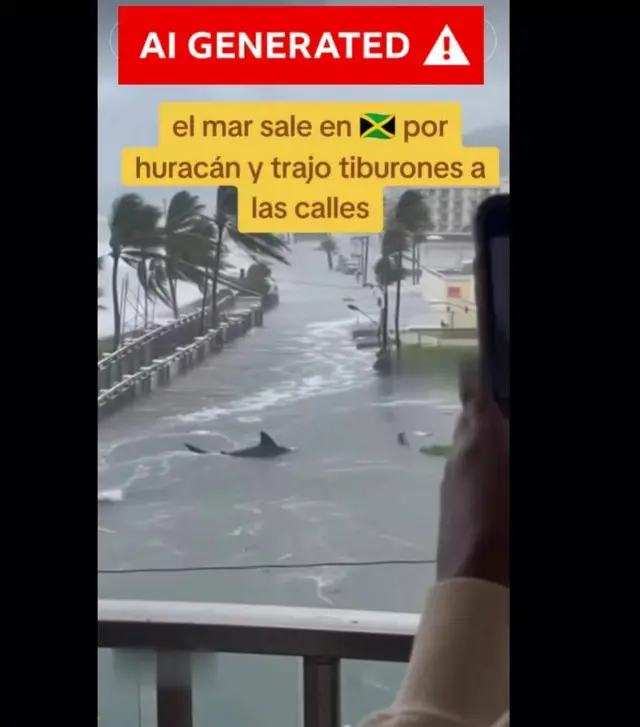Where to find more Hurricane Melissa coveragepublished at 16:51 GMT 28 October
 Thomas Copeland
Thomas Copeland
BBC Verify Live journalist
We’re expecting the strongest storm of the year, Hurricane Melissa, to make landfall in Jamaica in the next few hours.
While we are closing this BBC Verify Live page shortly, our verification team is monitoring social media to authenticate footage as it emerges and circulate it to our colleagues across BBC News.
You can follow the BBC’s main coverage of the story here.
Already today we’ve been monitoring significant amounts of fake AI-generated storm videos spreading to millions of viewers online, tracked the ‘Hurricane Hunter’ aircraft flying directly into the eye of the hurricane and shown you how rare it is to see a storm of this magnitude.
And in the UK, we’ve looked into:
- Reform UK’s plans to cut the number of civil servants
- What satellite imagery tells us about military sites the government has earmarked to house asylum seekers
- How much similar asylum accommodation schemes have cost in the past
Thanks for joining us, we’ll be back tomorrow with more.


